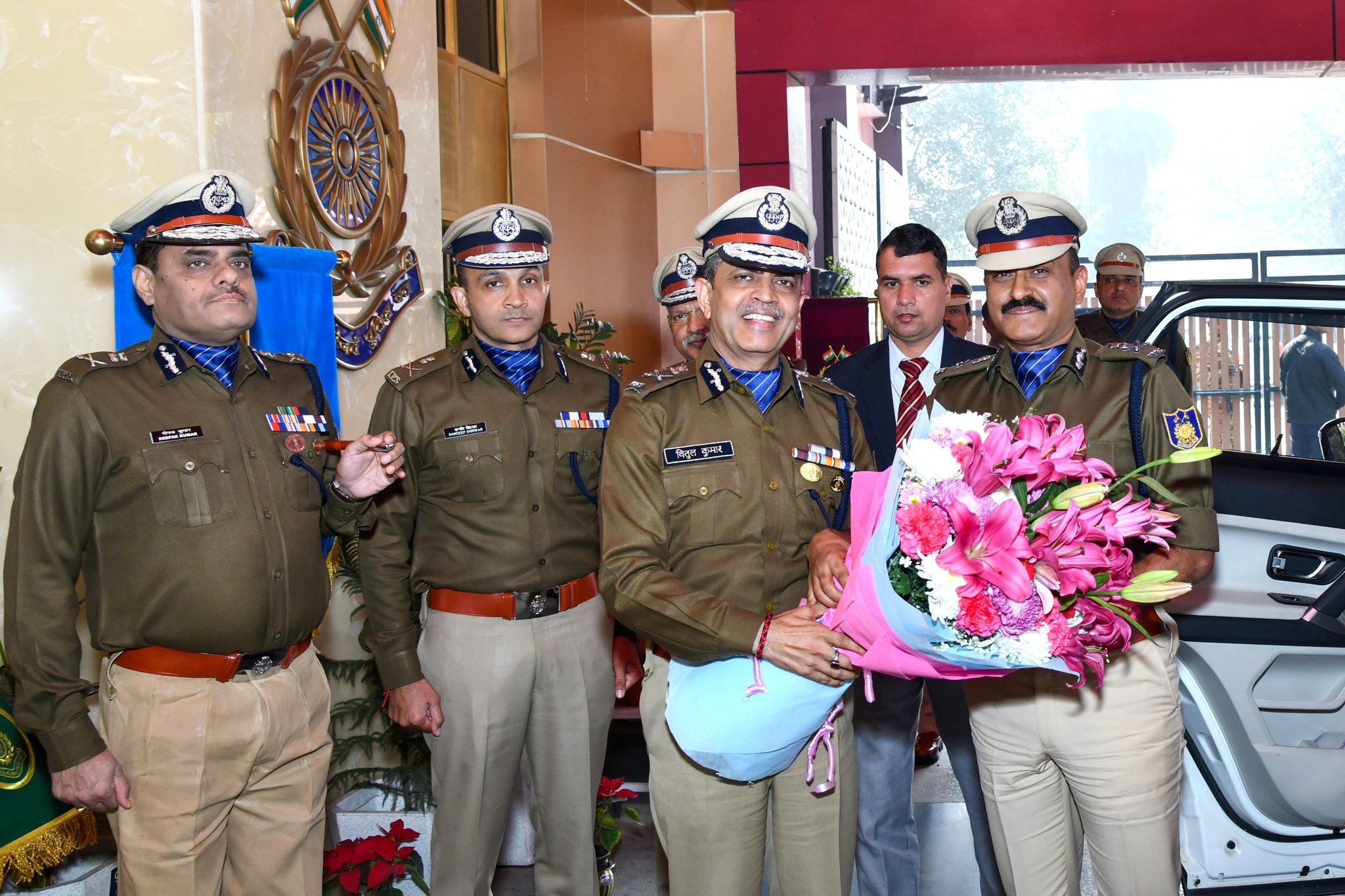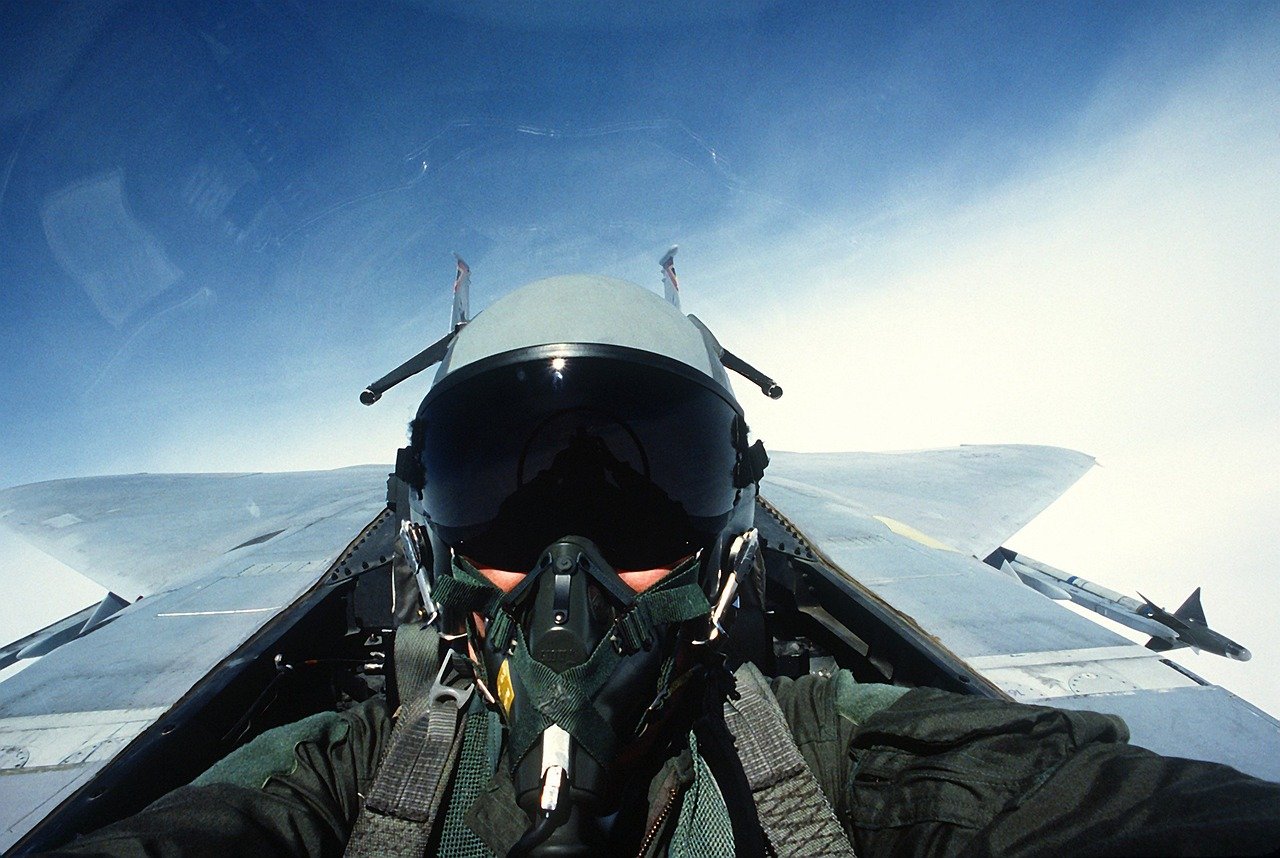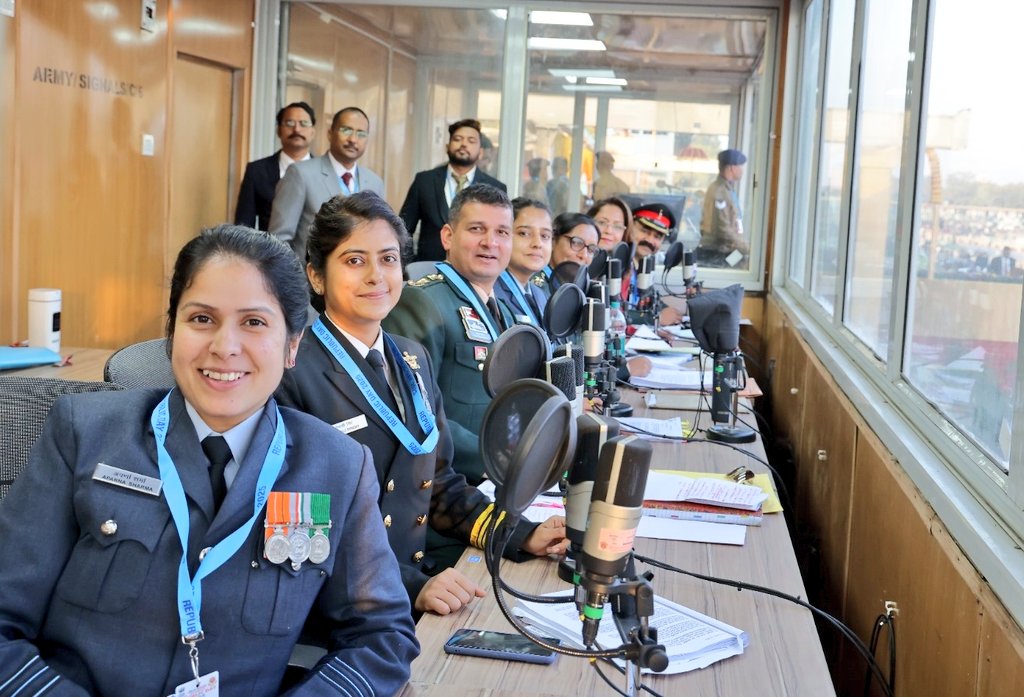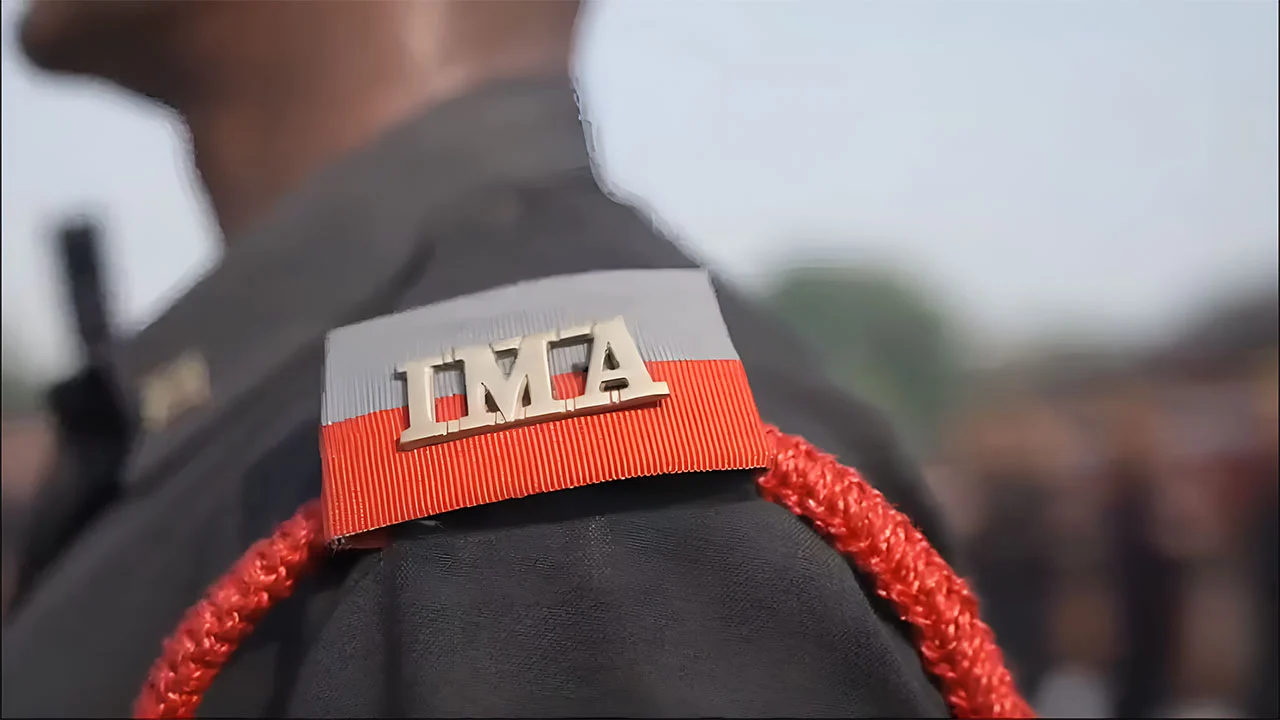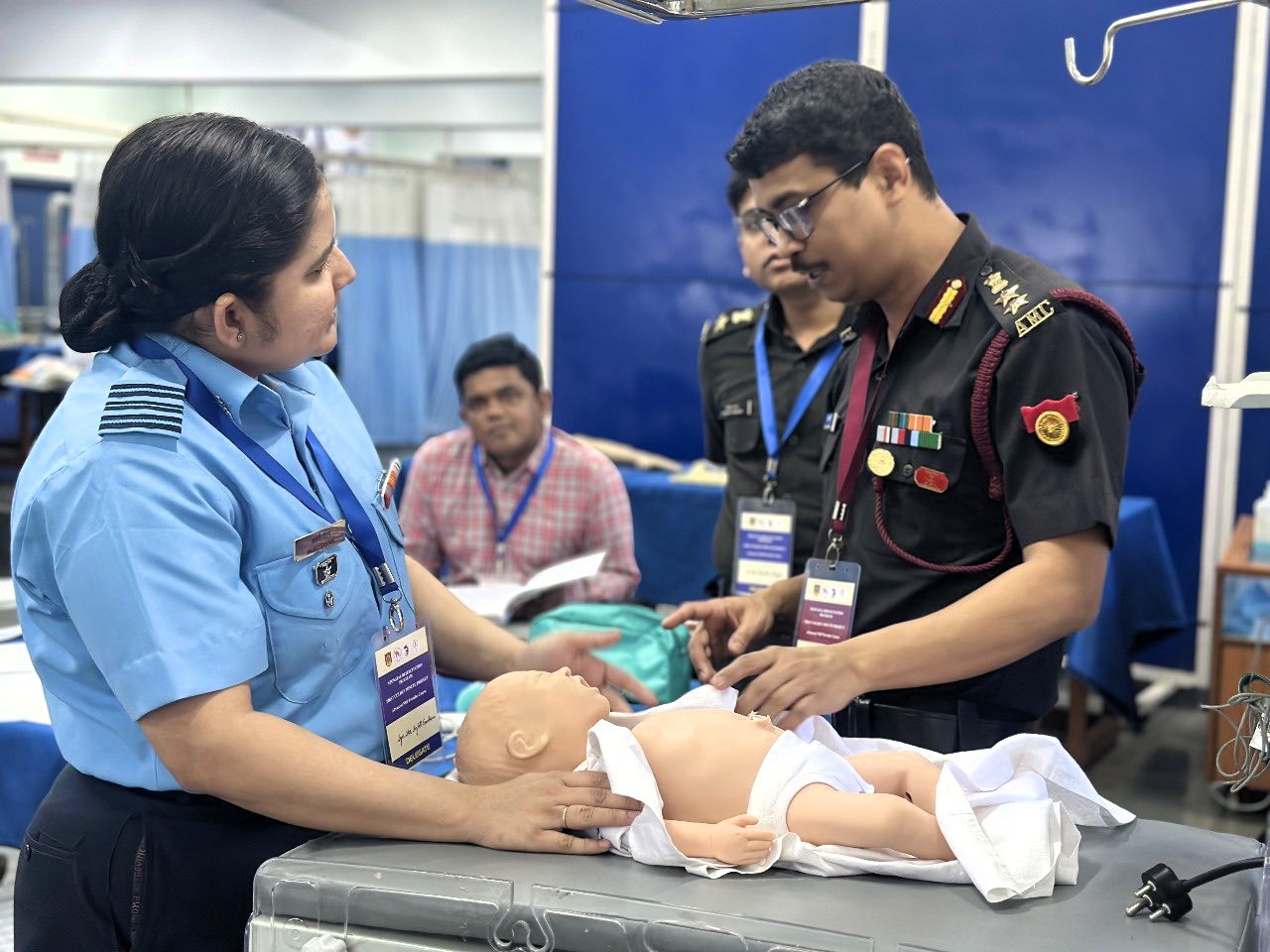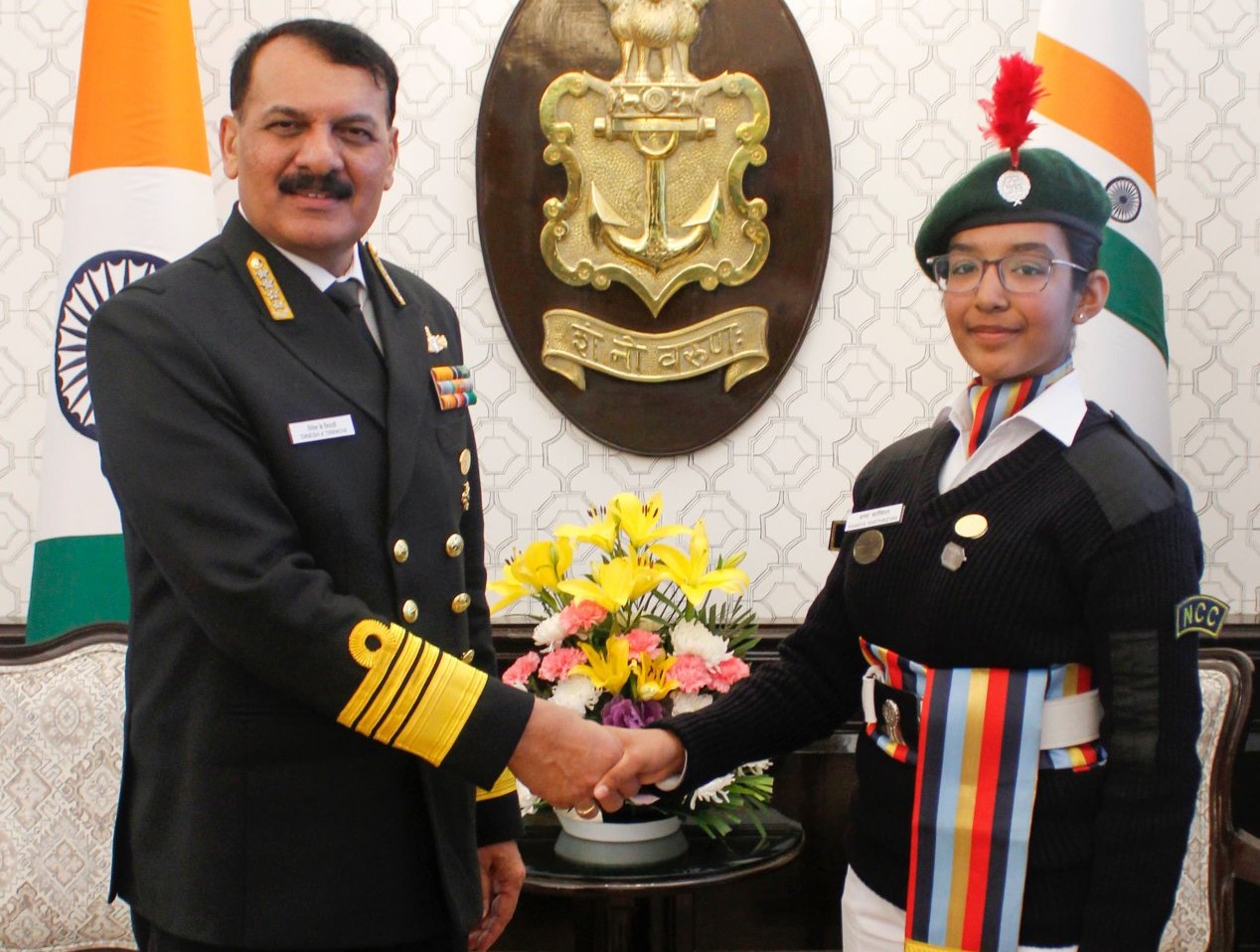Gyanendra Pratap Singh Assumes Charge as Director General CRPF
In a significant leadership transition within India's paramilitary forces, Shri Gyanendra Pratap Singh has assumed the role of Director General…
Everything a Fighter Pilot Wears in the Cockpit
Fighter pilots are often seen as the embodiment of courage and skill, soaring through the skies in high-performance aircraft. However,…
Meet the Voices Behind the Republic Day Parade 2025
Every year on January 26th, the nation’s heart swells with pride as the Republic Day Parade unfolds along the historic…
IMA Dehradun Companies Al Alamein, Cassino, Others To Be Renamed
In a significant move to align military traditions with post-Independence ethos, several training companies at the Indian Military Academy (IMA),…
AFMC Pune Conducts Successful Neonatal Resuscitation Workshop
The Department of Paediatrics at the Armed Forces Medical College (AFMC) in Pune successfully organized a two-day workshop from January…
Indian Navy Chief Felicitates Young Mountaineering Prodigy Kaamya Karthikeyan
In a proud moment for the Indian Navy and the nation, Admiral Dinesh K Tripathi, the Chief of the Naval…

